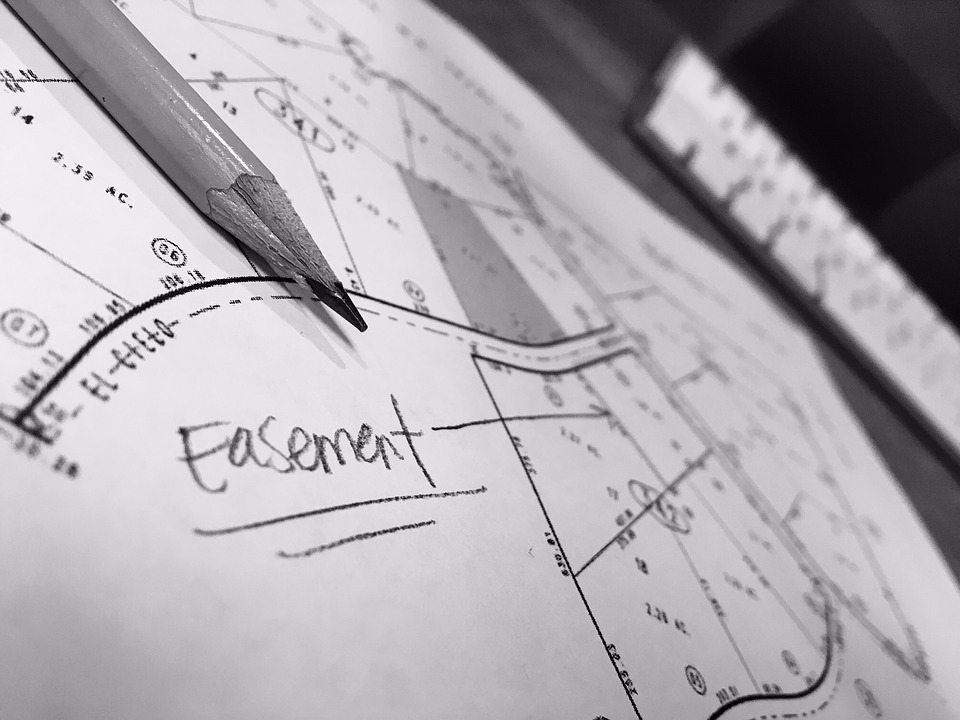
While most urban and suburban properties have direct access to a public right of way, some properties, particularly those in more rural areas, get their access to the public streets by way of an easement across a property that someone else owns. Unlike public streets, easements are privately maintained. Sometimes, an issue arises as to who is responsible for that maintenance.
Under common law, the owner of a property that gets its access by way of the easement has a duty to maintain the easement, but need only maintain the easement to the degree that the owner deems necessary for access to their own property. This works very well when there is a single property using the easement. The difficulty comes when more than one property uses the easement.
When more than one property uses the easement, the property owners should apportion the cost of repairs and maintenance relative to their use of the easement. Unfortunately, the Virginia courts have not squarely addressed the issue of how the costs of maintenance should be apportioned if the parties cannot come to an agreement as to who should pay for what. For example, it is not clear whether the owner of the servient estate (the property that the easement crosses) in a shared easement may make improvements to the easement and demand repayment from the owner of the dominant estate (the property that accesses by way of the easement).
The general rule is not the same when the dominant estate owner is the sole user of the easement as when the easement is used in common with other dominant estates or with the servient estate. In this situation, courts have held that the users of a common easement should apportion the cost of repairs and maintenance among themselves relative to their use of the road, but have not given much guidance beyond that. Often there is an issue as to what constitutes maintenance or repair, as opposed to improvements. In addition, some owners may use the easement in a manner that causes more damage than other users.
Of course, the best solution to the problem is to have a well-written agreement among the parties that clearly delineates maintenance responsibilities, sets out a clear procedure as to when and how the easement will be maintained, and a procedure to resolve disputes. There is no adequate “cookie-cutter” or form document that can accomplish this because every situation is different. In addition, any maintenance agreement should have the appropriate language to be binding on successors in title and should be recorded among the county land records so that it is binding on future purchasers of the properties.
For more information about shared easement maintenance or related matters, please contact John Rinaldi.
Image Source: Public Domain






